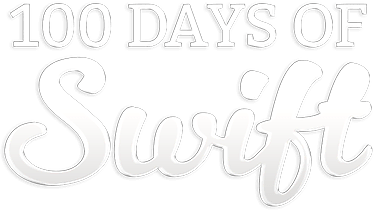
DAY 98
Project 30, part two
After all these days of learning how to write Swift and then how to build apps, you might now be wondering how fast all that code you wrote was. Did you get blended layers right? Where you using off-screen rendered images? Was there wasted memory?
I know it might seem like a lot to keep in your head: not only are you thinking about the language and Apple’s many frameworks, but you now also need to think about how to keep your performance high! But don’t despair: the key here isn’t to do everything perfectly. You’ll make mistakes and you’ll learn from them, even after 20 or 30 years of this job. As Izey Victoria Odiase said, “don't aim for perfection – aim for 'better than yesterday’.”
Once you accept that you’ll make mistakes, learning to identify them using Instruments becomes second nature, and you’ll actually start to benefit from those mistakes.
And you know what we call developers who make mistakes?
Developers.
Today you should work through the “Fixing the bugs: Running out of memory” chapter and wrap up for project 30, complete its review, then work through all three of its challenges.
You’ve learned an important tool for any serious iOS developer – good job! Now share your progress with others.
Need help? Tweet me @twostraws!

SPONSORED Join a FREE crash course for mid/senior iOS devs who want to achieve an expert level of technical and practical skills – it’s the fast track to being a complete senior developer! Hurry up because it'll be available only until April 28th.
Sponsor Hacking with Swift and reach the world's largest Swift community!
100 Days of Swift
The 100 Days of Swift is a free collection of videos, tutorials, tests, and more to help you learn Swift faster. Click here to learn more, or watch the video below.
